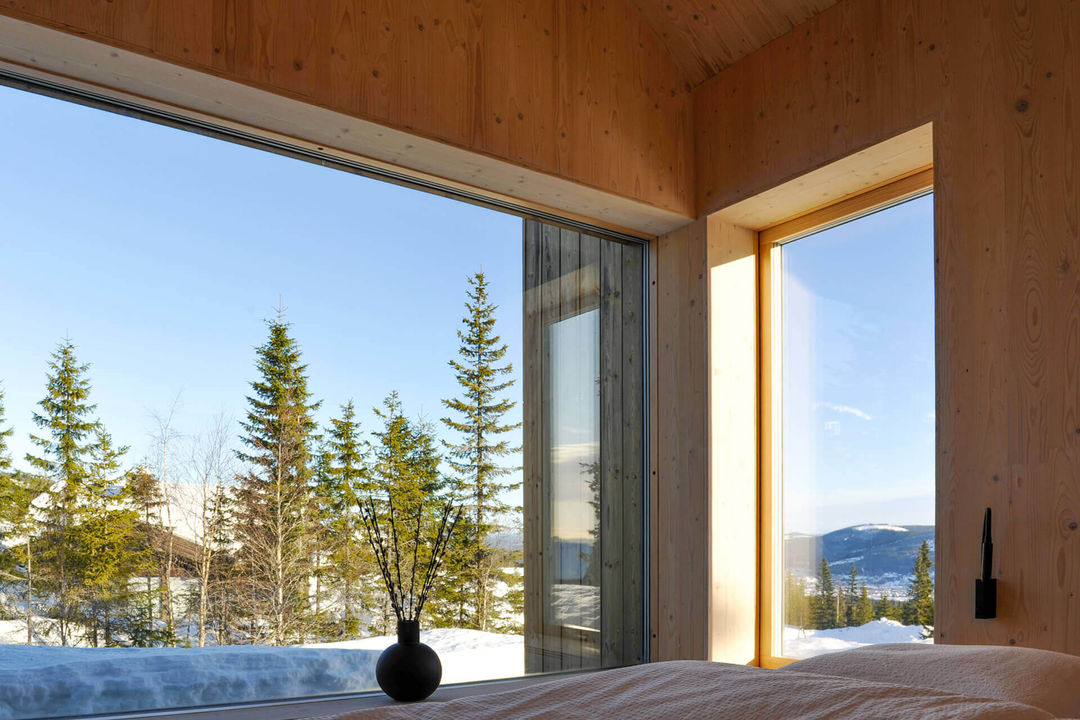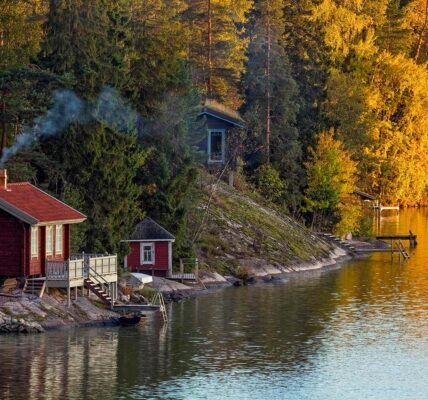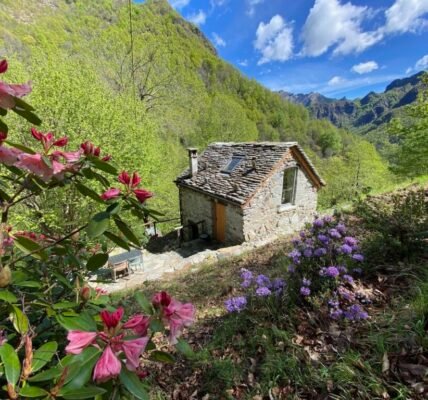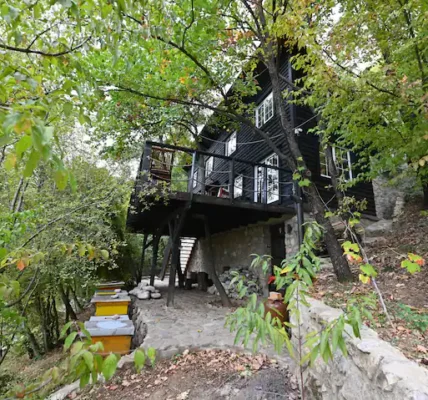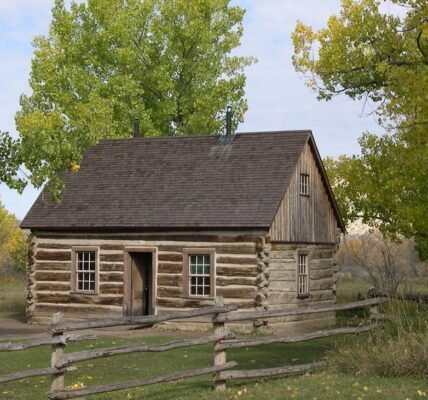Tucked away in Norway’s forests, fjords, and snow-covered mountains, the hytte—the traditional Norwegian cabin—stands as a timeless symbol of escape, simplicity, and warmth. For Norwegians, the cabin is more than just a holiday home; it is a cultural treasure, deeply tied to their relationship with nature and family traditions.
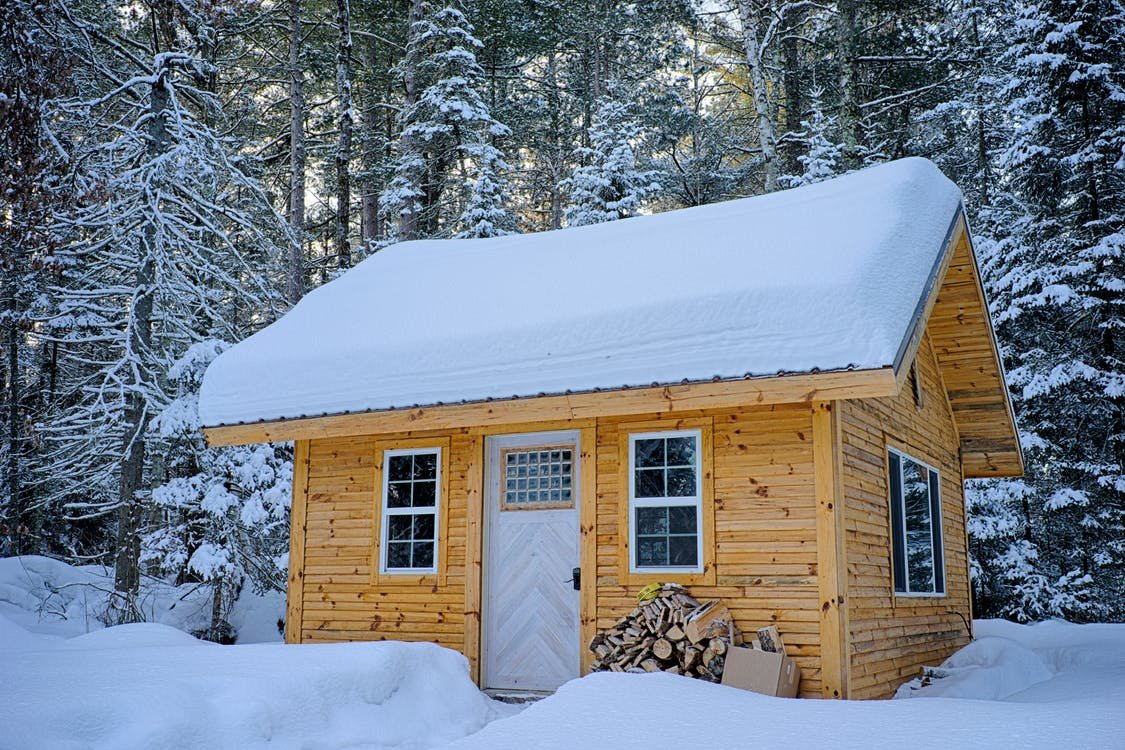
A Heritage Rooted in the Land
The story of the hytte reaches back to Norway’s agrarian past, when farmers and shepherds built small mountain shelters to support seasonal work. Over time, these modest huts evolved into cherished retreats. What was once practical became recreational, and today the hytte is an essential part of Norwegian life—a second home where people seek peace away from the pace of the city.
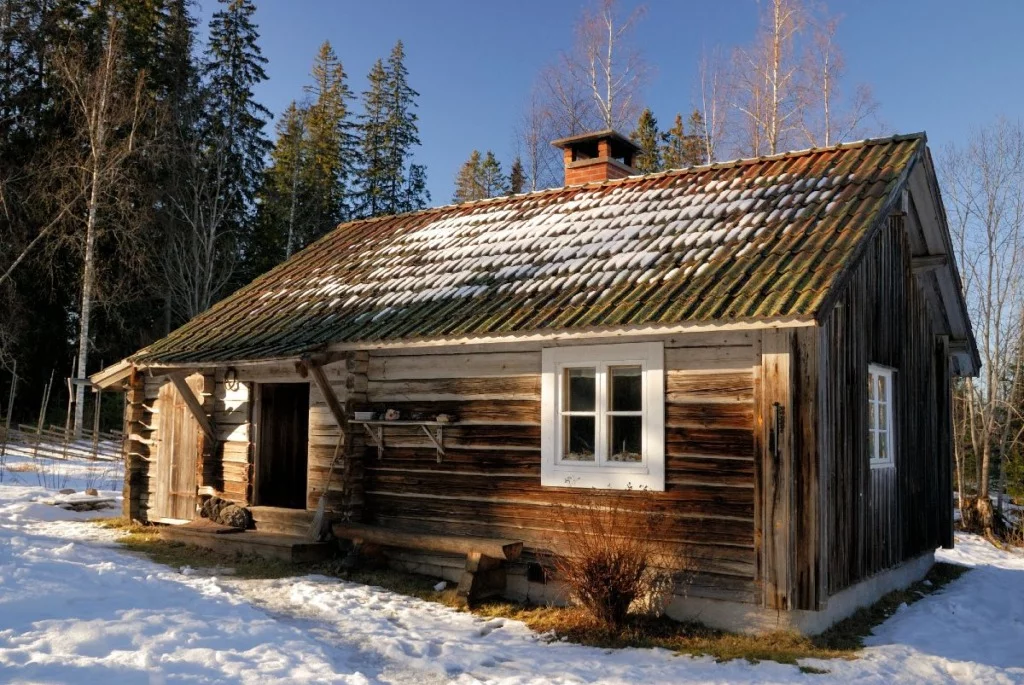
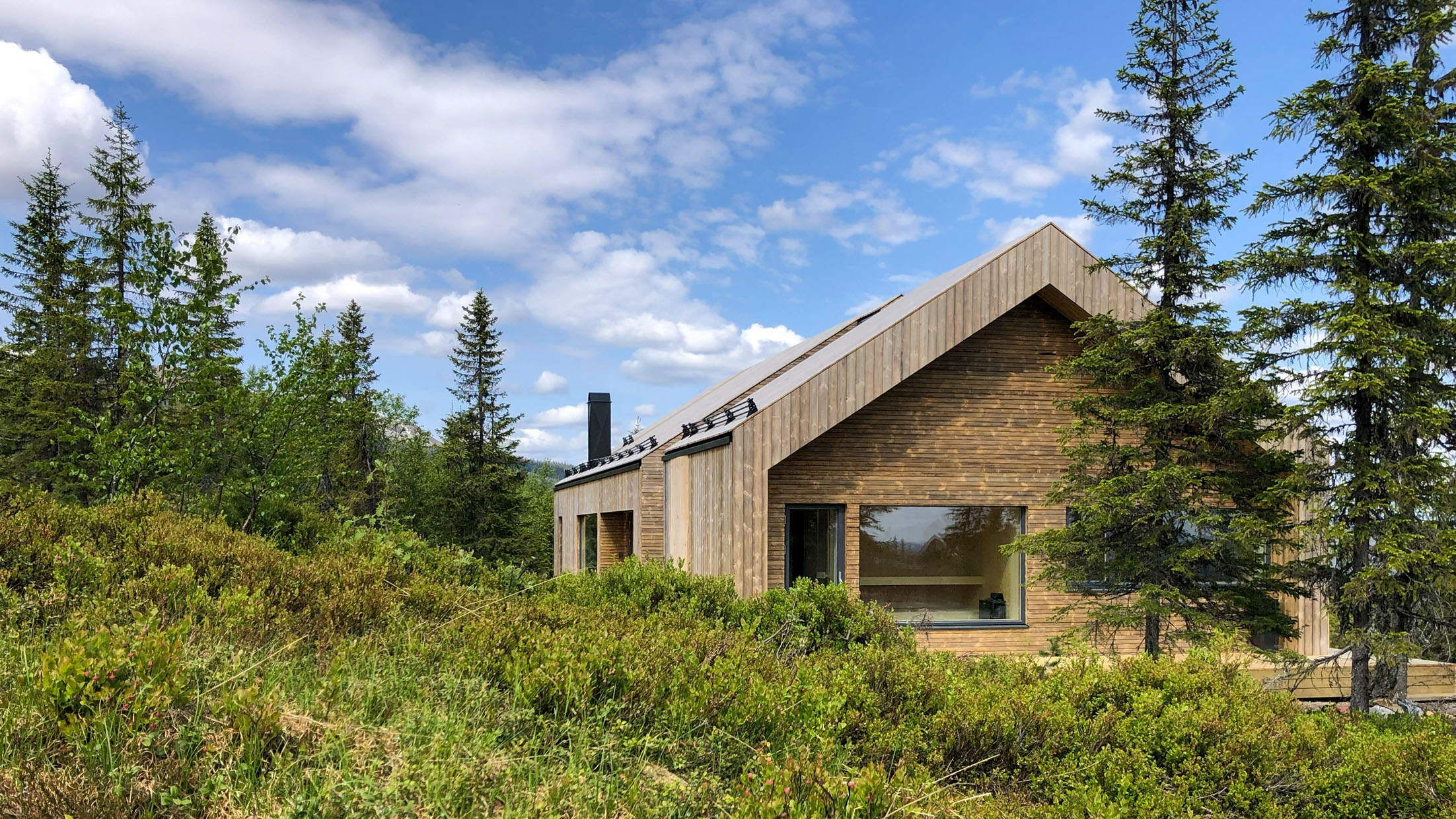
Architecture That Blends with Nature
Norwegian cabins are admired for their harmony with the landscape. They are:
- Built from local timber, with stone foundations for sturdiness.
- Compact and practical, designed to endure snow-heavy winters.
- Characterized by steep roofs, which prevent snow from piling up.
- Often painted red, brown, or left natural, echoing the earthy tones of the forest.
- Known for turf roofs, where grass and moss provide insulation while blending seamlessly into the surroundings.
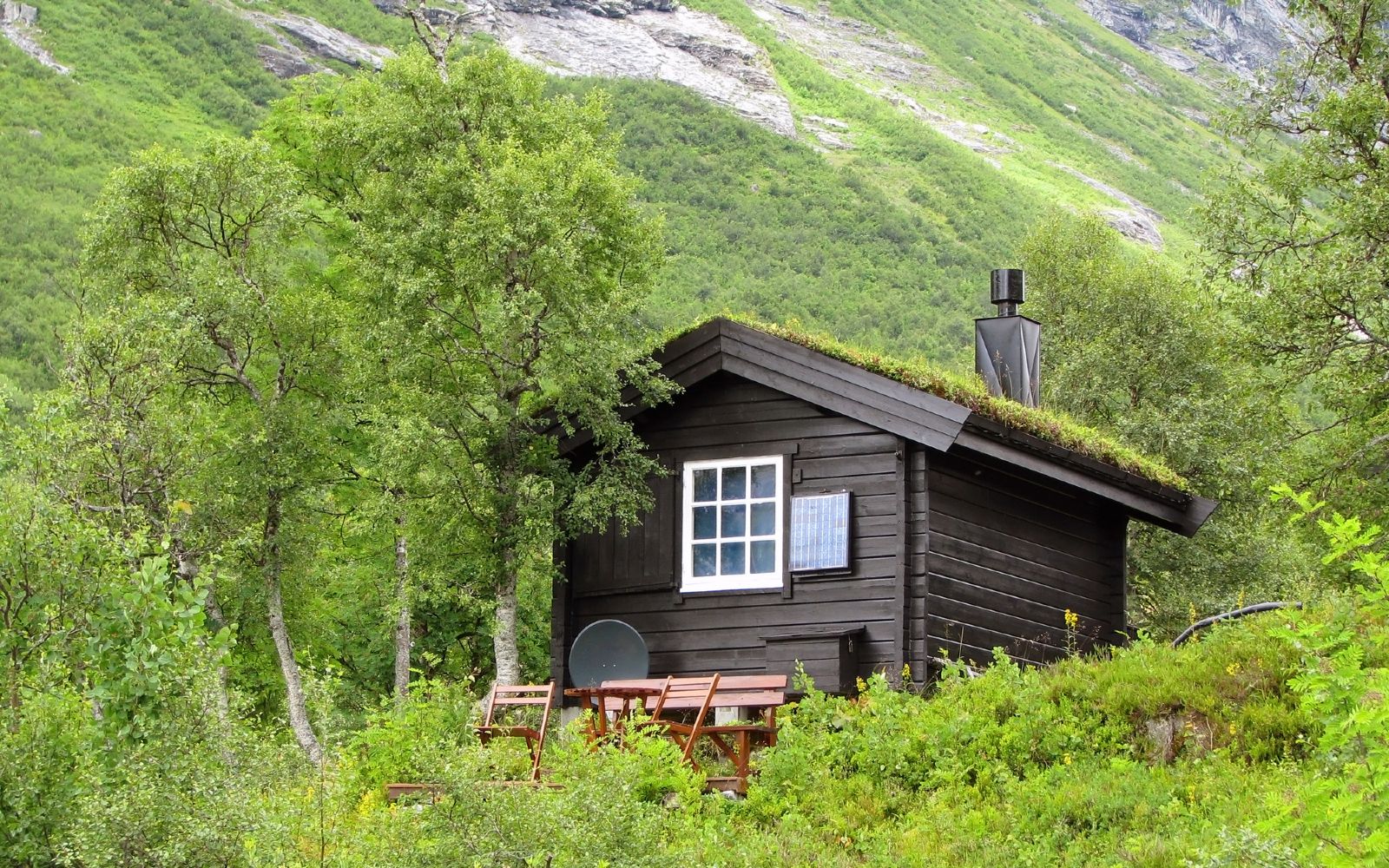
A World of Warmth Inside
Stepping into a hytte is like entering a cocoon of coziness. At the center is always a wood-burning stove or fireplace, crackling through the long winter nights. The interiors are simple yet inviting:
- Wooden tables and benches, often handmade or passed down through generations.
- Wool blankets, reindeer hides, and sheepskins draped over chairs and beds.
- Candlelight and lanterns casting a soft, flickering glow.
- Folk art and handcrafted décor, which bring warmth and personal character.
The result is an atmosphere that embodies koselig—a uniquely Norwegian word that captures the essence of comfort, connection, and well-being.


The Spirit of Hytte-liv
Spending time at the cabin is known as hytte-liv (“cabin life”), and it’s at the heart of Norwegian culture. It is about slowing down, disconnecting, and rediscovering the essentials:
- No distractions: Many traditional cabins lack electricity or running water, encouraging a more mindful lifestyle.
- Immersion in nature: Hiking, skiing, and fishing are part of the rhythm of cabin life.
- Shared traditions: Cabins are often passed down within families, making them places of continuity and shared memories.
The Modern Hytte
Today, some cabins embrace contemporary Scandinavian design: large glass windows that frame breathtaking landscapes, sustainable materials, and renewable energy solutions like solar panels. Yet, whether traditional or modern, every hytte preserves the same core values—simplicity, closeness to nature, and the warmth of togetherness.

A Home Away from Home
To Norwegians, the hytte is not just a building in the woods; it is a sanctuary of calm, a retreat from modern noise, and a gathering place where generations connect. It is a reminder that true luxury is not in excess but in simplicity—in the glow of a fire, the silence of snow, and the joy of being close to the wild.
